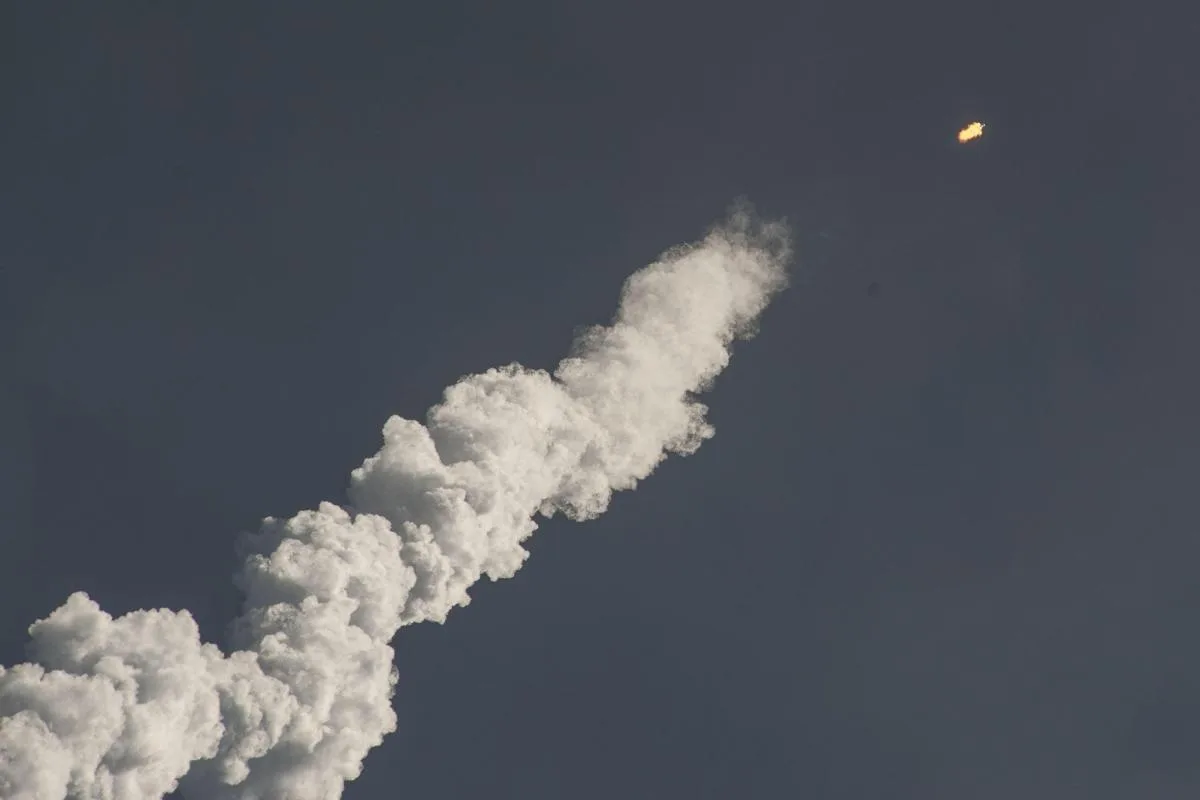The out-of-control Long March 5B rocket’s core stage has returned from its brief sojourn in low Earth orbit and crashed into northern Borneo.
China launched the rocket six days ago on a mission to deliver the Wentien lab to the nation’s fledgling Tiangong space station.
The core stage entered into a deteriorating orbit, finally falling back to Earth today. Normally, boosters do not enter orbit and instead fall back in a controlled manner and far from inhabited areas.
The Chinese rocket did not tell NASA what path it would take when it reentered the atmosphere, according NASA administrator Bill Nelson.
“The People’s Republic of China did not divulge specific rocket trajectories,” Nelson said in a statement issued via Twitter shortly after the booster’s reentry.
“All spacefaring nations should follow well-established practises and make this kind of information available in advance to enable reliable predictions of damage risks, particularly for heavy-lift vehicles such as the Long March 5B, which pose significant threats of death and damage. By doing so, we can ensure the safe usage of space, as well as the safety of people here on Earth.” says Nelson
Videos of the booster’s disintegration began to appear shortly after one o’clock Eastern Indonesia Time (WITA), or one o’clock in the morning (Central Indonesian Time). Approximately 45 minutes later, U.S. Space Command tweeted that the rocket body reentered over the Indian Ocean at 12:45 p.m. (ET) (12:45 a.m. WITA), followed by U.S.
Space Force confirming that the booster had reentered near the Malaysian town of Bintulu on the island of Borneo. From Borneo’s Sarawak region to Brunei and possibly as far north as Palawan in the Philippines, the rocket’s path was followed.
It is unknown if anyone was injured by the debris or where it landed. According to The Aerospace Corporation, about 20% to 40% of objects of this size will crash to Earth as space junk. There are no reports of debris on the ground as of yet.
As reported by NASA administrator Bill Nelson in a statement on Twitter, the People’s Republic of China (PRC) did not share information about the reentry of its Long March 5B booster rocket.
“All spacefaring nations should follow established best practices and release this kind of data in advance to allow for reliable predictions of debris impact risk, especially for heavy-lift vehicles such as the Long March 5B, which may lead to loss of life and property,” Nelson said.
“It is crucial to the responsible use of space and to ensuring the safety of people here on earth that this type of information is shared.”
Another Long March 5B will be sent into space in October to deliver a new module to China’s space station, and we may then have to go through this all over again. Unfortunately, it may only be a matter of time before someone is killed by a falling rocket fragment.
The Long March 5B rocket has reentered the atmosphere three times without being controlled, once in 2020 and once in 2021, when the core stages landed on the western coast of Africa and the Indian Ocean, respectively.
China’s Tiangong 1 space station crashed into the Pacific Ocean in 2018, causing damage. A Long March-5B rocket crashed into the atmosphere in 2020, resulting in a crash near the west coast of Africa.
There was also widespread condemnation after China blew up one of its old weather satellites in 2007, creating a huge debris field.
The entry of Space Shuttle Columbia over a populated area in February 2003 is regarded as the most significant re-entry breakup incident. A large amount of debris rained down on Texas, but there were no injuries, thanks to the fact that only a small amount of debris hit the ground.







